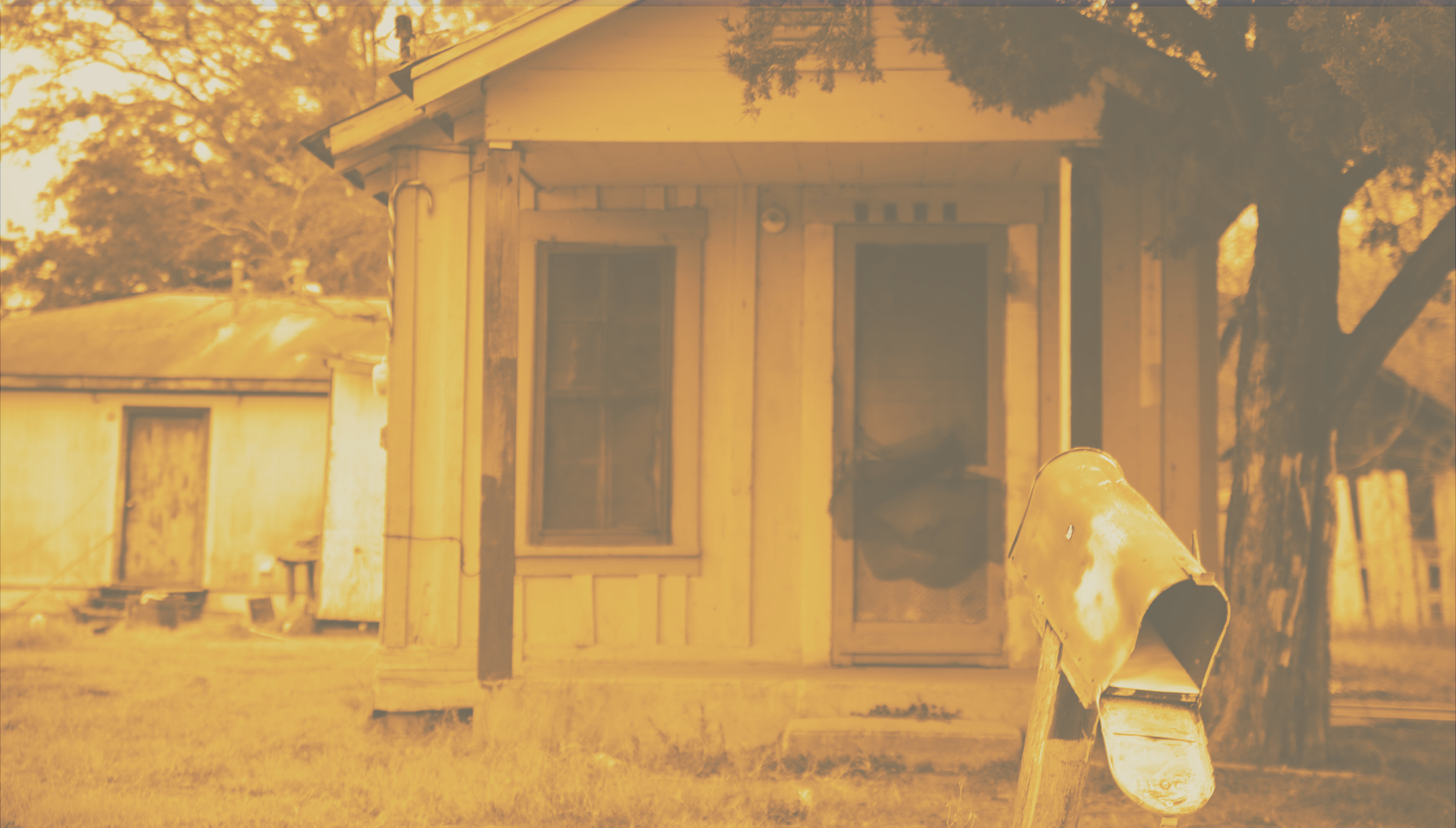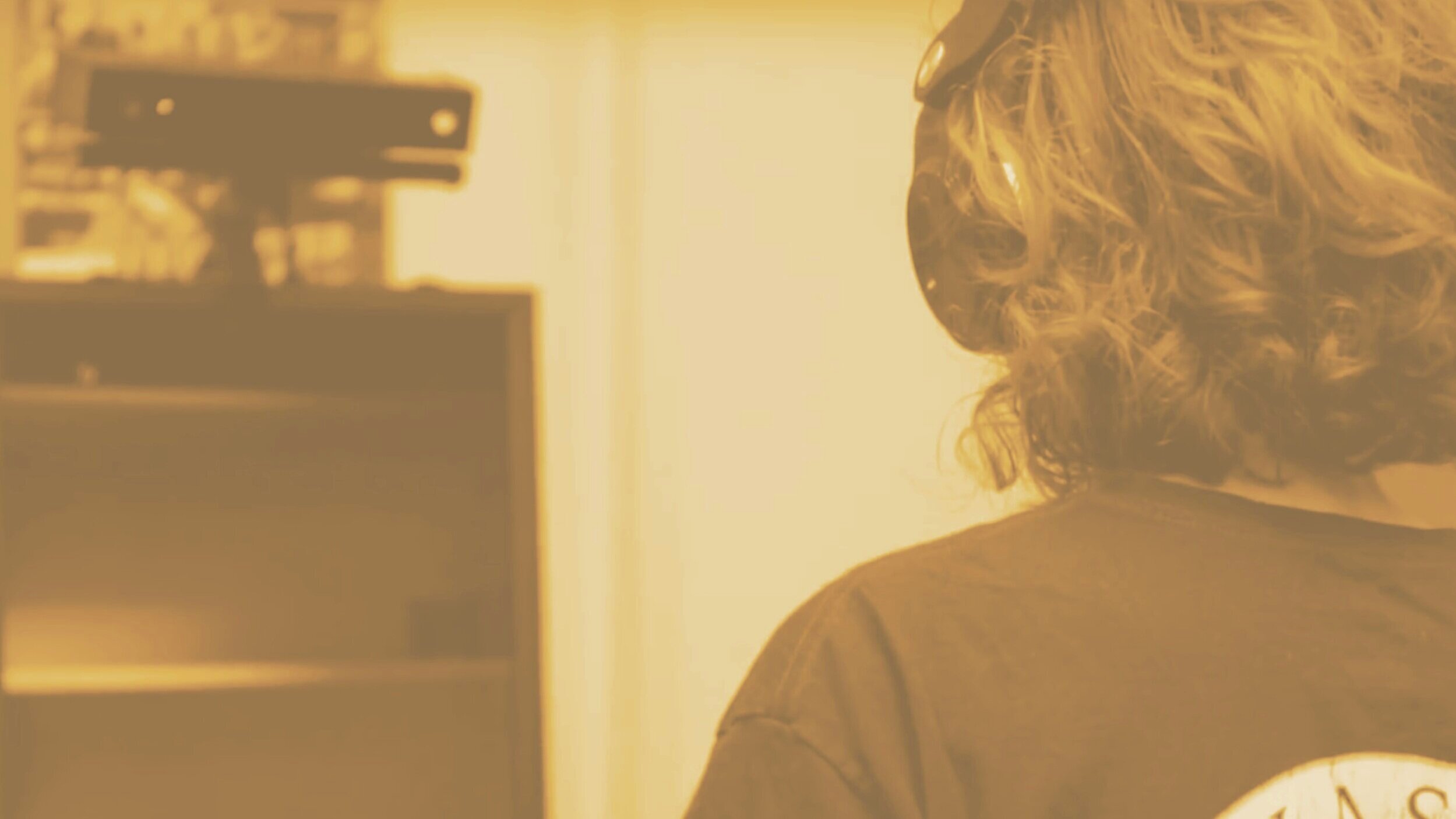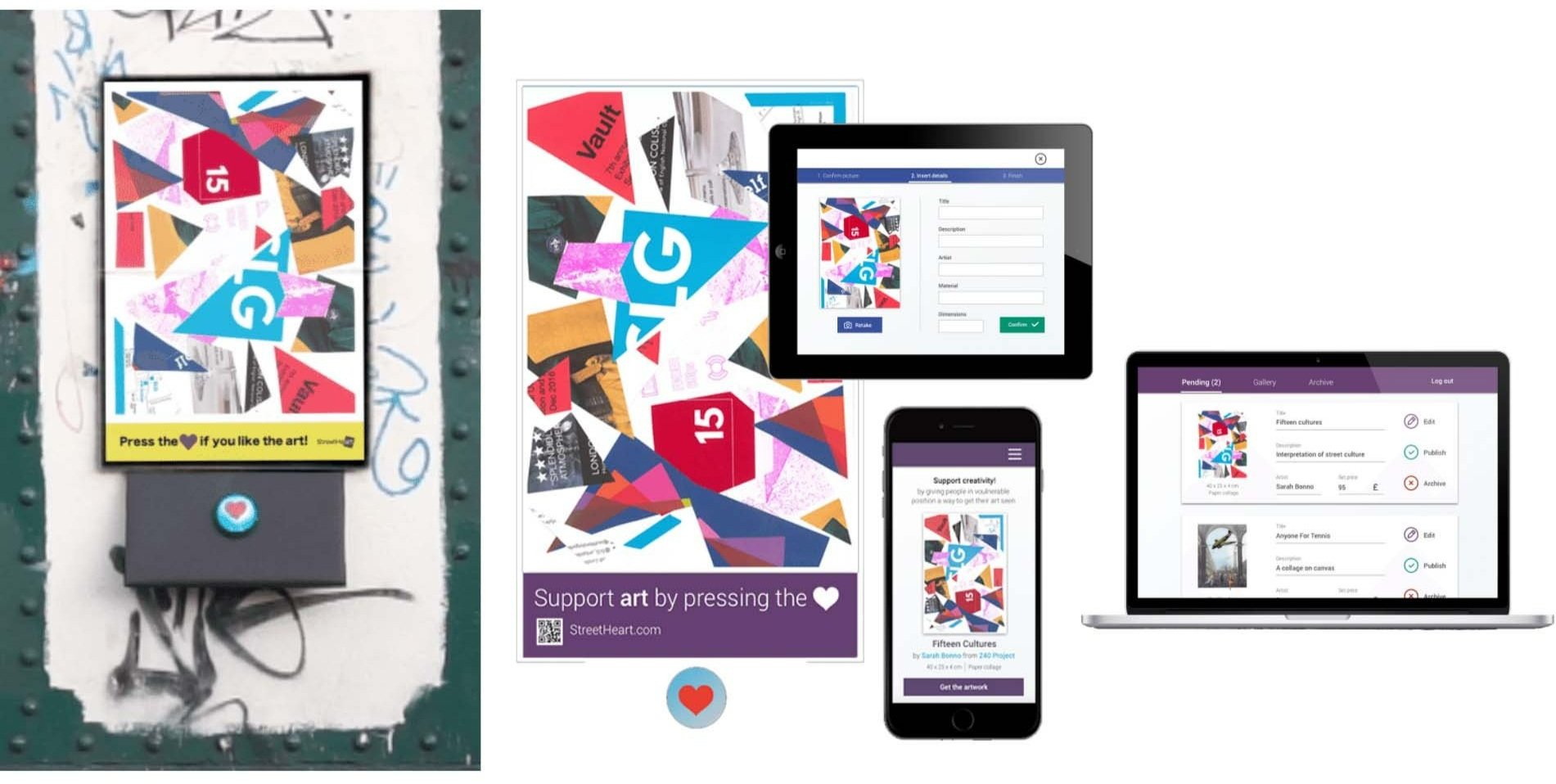One Step Interactive Campaign
One Step is an interactive campaign that raises awareness about poverty issues in Bryan-College Station, Texas. The campaign consists of two prototypes and one final installation.
The main objective of One Step is to educate participants that tackling a social issue as loaded as poverty may seem too monumental to grasp, but taking the first step forward makes all the difference.
The interactive campaign encourages participants to step into the shoes of people in poverty to elicit empathy.
Challenges
Poverty is misunderstood as a product of laziness
Brazos County, Texas, is home to a large amount of unseen poverty.
Only 4 out of 1,000+ student organizations at Texas A&M University address poverty issues.
Solutions
One Step debunks misinformation about poverty
One Step spreads awareness about local poverty issues in Bryan-College Station.
One Step targets the student body of Texas A&M University

BACKGROUND
What is Poverty?
Merriam-Webster defines poverty as “the state of one who lacks a usual or socially acceptable amount of money or material possessions”.
One Step redefines poverty as the result of economic instability, cultural discrimination, physical or mental disability, or familial problems.
Why Address It?
1.4 billion people live in extreme poverty conditions globally, while 46.7 million people live in poverty in the United States alone.
One Step raises awareness about local poverty issues by gathering inspiration from the local Habitat for Humanity branch in Bryan-College Station.
Who is the Target Audience?
Brazos county, Texas, is home to a large amount of unseen poverty. Only 4 out of 1,000+ student organizations at Texas A&M University address poverty issues.
One Step targets the student body of Texas A&M University to address the lack of awareness on campus.
Bryan, TX
College Station, TX
The twin cities of Bryan-College Station encompass a large gap in wealth. The properties pictured above are only 7 minutes apart and are situated near Texas A&M University.

RESEARCH
Researching Effective Interactive Techniques
The biggest challenge consisted of creating an intuitive and engaging public display. We studied direct, bodily and mobile-based interaction techniques and found that playfulness = more meaningful experiences.
Social Campaign | In My World
In My World takes a visual storytelling approach to highlight the challenges of people with mental illness in countries in crisis.
Main Takeaway
Evoking empathy through powerful visuals and stories
Maintaining a strong online presence
Multichannel Service | Streetheart
Streetheart aims to improve the confidence and self worth of homeless individuals through the process of making, sharing, and selling art via online platforms that are connected to public installations.
Main Takeaway
Stimulating connection through passerby’s interaction with the work
Contributing to Our Local Community
Habitat for Humanity in Bryan-College Station provide locals in poverty the opportunity to participate in a one year program that includes constructing, rehabilitating and preserving homes by training families to improve their shelter conditions.
Meeting the Espinoza Family
It was important to gain real perspective on the issue, thus, we volunteered and attended important milestones to personally understand the hard work that goes into building a home and connecting with locals families.
We quickly understood that building interpersonal relationships are as beneficial as helping construct the homes.

PROTOTYPES
Interactive Installation
The first prototype functioned as a concept study. The interactive installation encourages users to take the first step and be a part of the change.
The installation prompts users to physically and metaphorically step closer towards issues that involve victims living in harsh environments.
Take a Step, Make a Change.
The installation consists of a narrow walkway involving
projection mapping
lasers
light sensors
As the viewer steps closer to the photographs on the curved screen at the end of the walkway, a motion graphic is triggered through light sensors on the floor.
With each step forward, A drawing begins to form over each photograph positively transforming the reality of each scene into a safer environment.
Interactive Displays
Technology Study using Face and body tracking
+ Social Media Campaign Test
Engaging interaction with a focus on local stories

FINAL INSTALLATION
Interactive Posters
Interactive vs Print Poster Study
+ Social Media Campaign
Interactive displays are more effective in promoting awareness on college campuses
College students became encouraged to take initiative and learn about poverty issues
Misunderstanding poverty issues results in lack of community efforts
We can focus on building solutions now that the issue has been introduced
















